As snowshoers, you already know this: winter is an excellent time for outdoor recreation. With snow on the ground and snowshoes on your feet, you can explore pretty much anywhere. That’s not the case in summer, when going off trail causes impacts to the environment and large crowds may interfere with your plans.
We’re traveling trainers from the Leave No Trace Center for Outdoor Ethics, a national organization that protects the outdoors by teaching and inspiring people to enjoy it responsibly. We live out of a Subaru, leading workshops on Leave No Trace and offering guidelines to minimize our impacts all across the country.
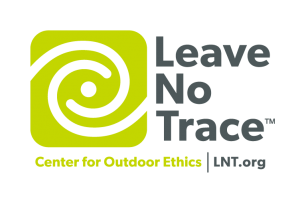
We’re less likely to damage the land in winter, simply due to all the snow. But being aware of the Leave No Trace principles keeps us from leaving impacts behind as well. Did you know there are 13 billion trips in the outdoors each year in the USA? That’s a lot of potential to damage the environment. Do your part by minimizing your impacts. Consider these guidelines and suggestions next time you strap on the snowshoes…
Look for areas with ample snow
We’re less likely to leave an impact when the ground is protected by snow cover. Keep that in mind when selecting your steps, though. Travel where you see plenty of snow, and avoid areas where plants are starting to peek out. When spring arrives, try to stay off trails with thin snowpack. As mud and snow churn together, it gets harder for plants to sprout and survive.
Dispose of human waste properly
Even if you’re not starting an all-day excursion, it’s important to have a plan for human waste. Typically, in summer, we advocate for burying human waste in a cathole, six to eight inches deep and 200 feet from trails and water sources. That’s obviously more difficult in winter, when the ground is frozen solid. Use the bathroom before your trip, and have a plan to pack out human waste while snowshoeing (like carrying a W.A.G. bag or other portable toilet).
Build a responsible fire
Think twice before building a fire in winter. The best methods for Leave No Trace fires can be labor-intensive in the snow. For one, you won’t find much available dry firewood. You can look for dry wood underneath downed trees or debris, but make sure to avoid stripping branches off live trees. Think about fire alternatives, too. If you need to cook, consider packing a small stove. Or if you need warmth, pack some extra layers. If you choose to build a fire, consider using a fire pan or something that won’t leave a mark.
Give animals space
Spotting wildlife is often the highlight of time spent outdoors. But in winter, it’s especially important to give animals their space. Every creature you encounter is just trying to make it to spring. Don’t force them to use precious energy just to avoid you. Take photos from a distance. (Pro tip: you’re far enough away if you can cover the animal with the thumb of your outstretched arm). And don’t leave food behind. Winter may be tough, but you hurt wildlife in the long run if you condition them to human food.
Be good to the trails
There are billions of people on earth, and we’re all trying to enjoy the same protected lands. With that in mind, make sure to respect other trail users and their outdoor experience as well. For snowshoers, it’s important to avoid trampling groomed ski trails. Let the Nordic skiers have their routes; they’re less able to maneuver through the forest than you. If you want to listen to music, just pack headphones. No one wants to listen to a stranger’s tinny iPhone speakers on a crisp, clear winter day.
Enjoy your world
Leave No Trace is all about being aware and making an effort. These are just a few key points to consider this winter. If you’d like to learn more, check out our Leave No Trace skills series on YouTube, or visit our website for more information about minimizing impacts in the outdoors. Be aware of your impacts, but don’t let it preclude your enjoyment of the outdoors. When the snow melts, hopefully there will be no trace on the trail of your successful season snowshoeing.


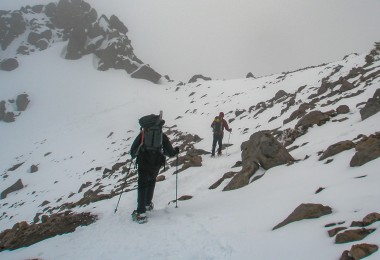
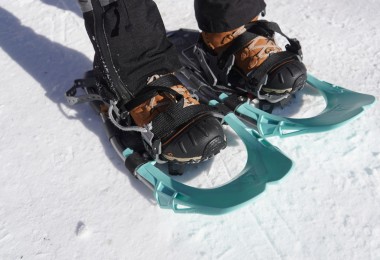
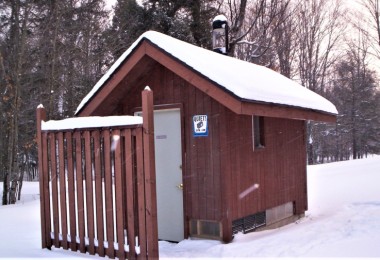
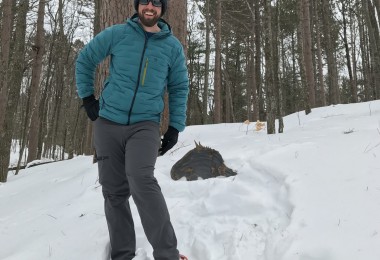

Leave a Comment